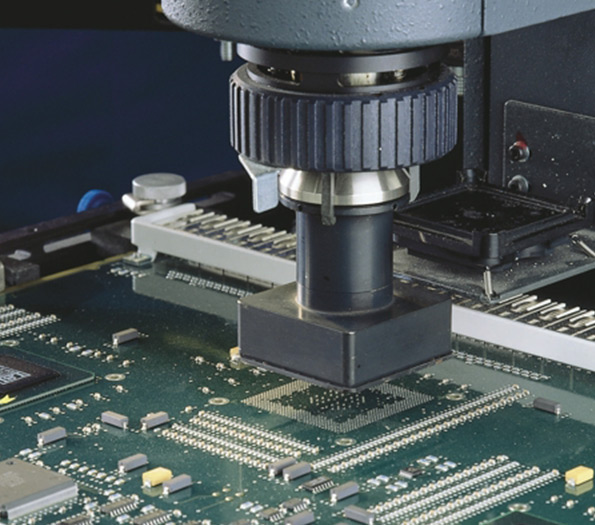

The Cost of Low-E Glass A Comprehensive Overview
Low-emissivity (Low-E) glass is an innovative building material widely recognized for its thermal insulation properties, making it an increasingly popular choice in modern construction and renovation projects. By reflecting infrared radiation and allowing visible light to pass through, Low-E glass not only enhances energy efficiency but also contributes to indoor comfort. However, understanding the cost implications of Low-E glass is crucial for homeowners, builders, and architects alike.
Understanding Low-E Glass
Low-E glass is treated with a microscopically thin coating that significantly reduces the amount of heat transferred through the glass. This technology enables buildings to maintain more stable indoor temperatures, which can result in substantial energy savings throughout the year. By minimizing the need for heating and cooling, Low-E glass can lower utility bills and reduce the carbon footprint of a building.
Cost Factors
The cost of Low-E glass can vary widely based on several factors
1. Type of Low-E Coating There are two primary types of Low-E coatings hard-coat and soft-coat. Hard-coat Low-E glass is generally less expensive but offers lower performance in terms of heat regulation. Soft-coat Low-E glass, on the other hand, boasts superior energy efficiency but comes at a premium price. Depending on the desired performance level, the type of coating selected can significantly impact the overall cost.
2. Size and Thickness of Glass The dimensions and thickness of the Low-E glass also play a critical role in determining the cost. Larger panes and thicker glass can increase the material costs substantially. Additionally, custom shapes or sizes will often require special order, adding to labor and manufacturing expenses.

3. Window Frame Material The type of window frame that surrounds Low-E glass can also affect costs. Vinyl frames tend to be the most budget-friendly, while wood or aluminum frames can add to the overall expense. Integrating Low-E glass into more elaborate frame designs will further increase costs.
4. Installation Expenses Installing Low-E glass can be more complex than standard glass, as it often requires specialized handling and installation techniques to ensure optimal performance. Hiring experienced professionals can ensure that the glass is installed correctly, but this may lead to higher labor costs.
5. Local Climate and Energy Incentives Regions with extreme temperatures may offer additional incentives for using energy-efficient materials, including Low-E glass. Understanding local building codes and energy efficiency programs can provide potential savings that offset the initial costs.
Cost vs. Savings
While the upfront costs of Low-E glass can be higher compared to traditional glass, the long-term savings typically make it a worthwhile investment. Homeowners can experience a decrease in energy consumption, leading to lower electricity bills. According to various studies, the return on investment (ROI) for Low-E glass can be seen in just a few years, depending on location and energy costs.
Additionally, the increased comfort levels within the home, along with reduced glare from sunlight and protection against UV radiation, make Low-E glass an attractive option for homeowners. Fewer temperature fluctuations can contribute to the longevity of furniture, flooring, and paint finishes.
Conclusion
In conclusion, while the cost of Low-E glass can be significant depending on various factors, the benefits it brings to energy efficiency, indoor comfort, and long-term savings are compelling. As the demand for sustainable building materials continues to grow, investing in Low-E glass can not only enhance the value of a property but also contribute to a more sustainable future. Decision-makers should weigh these aspects carefully when considering their options, ensuring that both budget constraints and energy efficiency goals are aligned. As technology progresses and manufacturing processes improve, the gap between the costs of Low-E glass and traditional glass is expected to close further, making it an increasingly accessible choice for architects and homeowners alike.